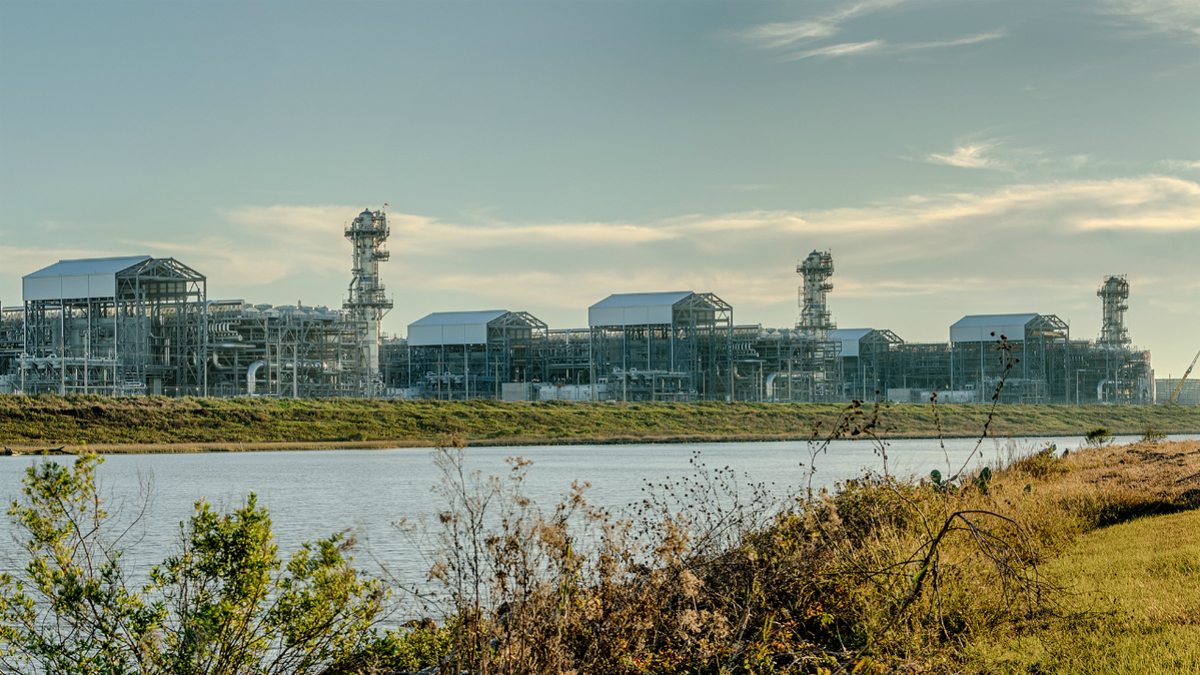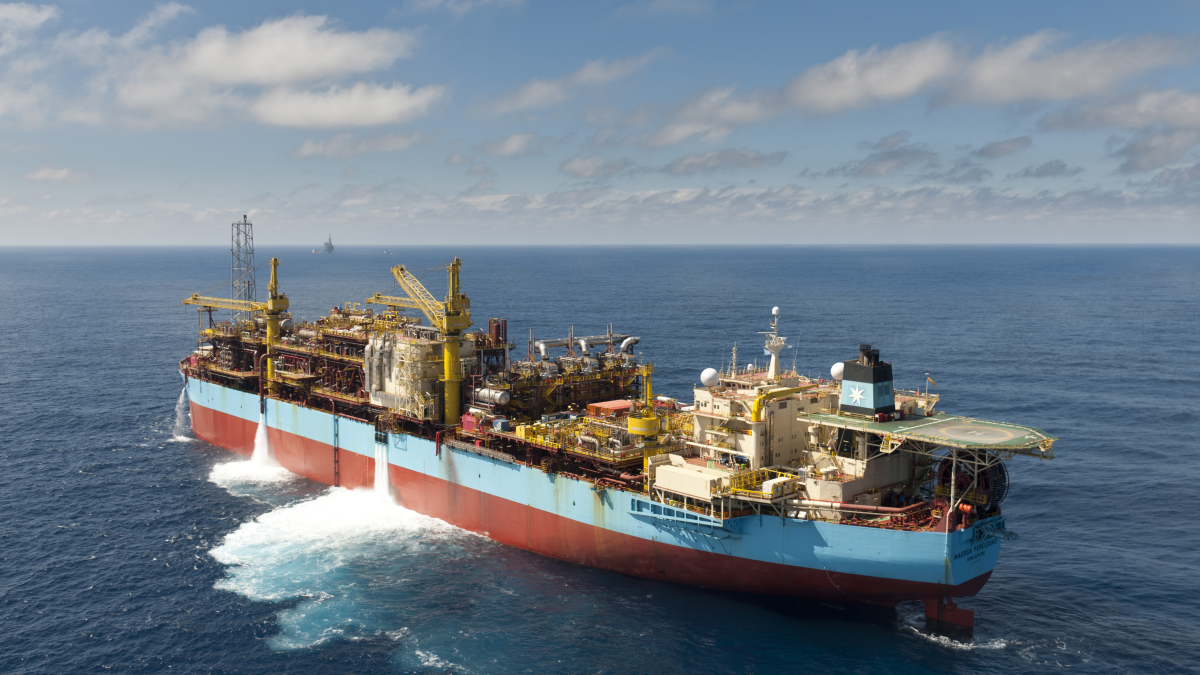Business Sectors
Contents
Freeport LNG gets final approval for restart
US Federal Energy Regulatory Commission (FERC) and hazardous materials safety administration say the final train at Freeport LNG has been authorised for restart following a fire at the facility in 2022
Freeport LNG said both the FERC and the Pipeline and Hazardous Materials Safety Administration had given the required regulatory approvals to restart the Texas, US-based facility’s Train 1.
Train 1 is the final train of Freeport LNG’s three-train liquefaction facility to receive full restart authorisation. Freeport LNG’s Trains 2 and 3 returned to full commercial operation in recent weeks, reaching production levels in excess of 1.5 billion cubic feet per day, according to the facility.
"As previously stated, a conservative ramp-up profile to establish full three-train production is anticipated to occur over the next few weeks," Freeport LNG said.
"As the recommissioning of Freeport’s liquefaction facility continues and trains are restarted, changes in feed gas flows and production rates are to be anticipated, given the duration of the plant’s outage."
Since the fire on 8 June 2022, Freeport LNG has been circumspect about announcing timelines for resuming operations. Even so, the process faced delays amid heightened tensions following Russian President Vladimir Putin’s invasion of neighbouring Ukraine in February 2022. Russia’s war saw Europe initiate formal sanctions and a gradual break from Russian energy flows, putting added pressure on the continent to secure adequate supplies of gas for Europe.
The fire at Freeport LNG occurred in pipe racks that support the transfer of LNG from the facility’s LNG storage tank area to the terminal’s dock facilities located on the intracoastal side of Freeport LNG’s dock basin. None of the liquefaction trains, LNG storage tanks, dock facilities, or LNG process areas were impacted, Freeport LNG said in a press statement at the time.
The fire was extinguished with the help of local emergency response personnel in about 40 minutes.
According to an incident report filed at the Texas Commission on Environmental Quality, the fire resulted in the release of carbon monoxide, NOx, particulate matter, sulphur dioxide and other non-methane volatile organic compounds. Freeport LNG said the release of these substances into the air was the result of burning piping insulation and cabling. Additionally, flaring occurred at Freeport LNG’s Pretreatment Facility due to the unplanned shutdown of Freeport LNG’s liquefaction plant.
A nearly 300-page, heavily-redacted investigation report into the incident produced by Texas-based industrial safety consultancy IFO Group, housed on the US federal department of transportation website, cited procedural, operational, safeguarding and employee failures as well as employee fatigue among its findings on causes that contributed to the incident.
"Immediately following the loss of primary containment (LOPC), IFO identified the cause of the explosion and fire to be contact between flammable vapour (methane) and an ignition source (open and damaged electrical conduits and circuitry) in the pipe rack following the LOPC, which resulted in a vapour cloud explosion and a small secondary pool fire on the northeast end of the pipe rack in the elevated LNG drainage trench. There was also a short-term release of vaporising LNG from damaged 3” piping located on the tank that failed to ignite and was suppressed by firewater master streams deployed by the emergency responders," the report concluded.
Among its recommendations were revisions to the facility’s "operating philosophy", a complete review of operating procedures for the tank farm area, safeguard checks, improved application of management policies, training of staff on recognition of abnormal operating conditions and a review of operator staffing levels and working hours.
Repairs to return the plant to full operation were initially expected to be completed by late 2022. The company also targeted a resumption of partial operations within approximately 90 days. The initial restart was postponed once to November 2022 and then again to January 2023. In January, the facility received approval to resume operations. In February 2023, the facility resumed operations gradually first on one LNG train and then a second.
Sign up for Riviera’s series of technical and operational webinars and conferences in 2023:
- Register to attend by visiting our events page.
- Watch recordings from all of our webinars in the webinar library.
Related to this Story
Events
International Bulk Shipping Conference 2025
Tankers 2030 Conference
Maritime Navigation Innovation Webinar Week
© 2024 Riviera Maritime Media Ltd.














